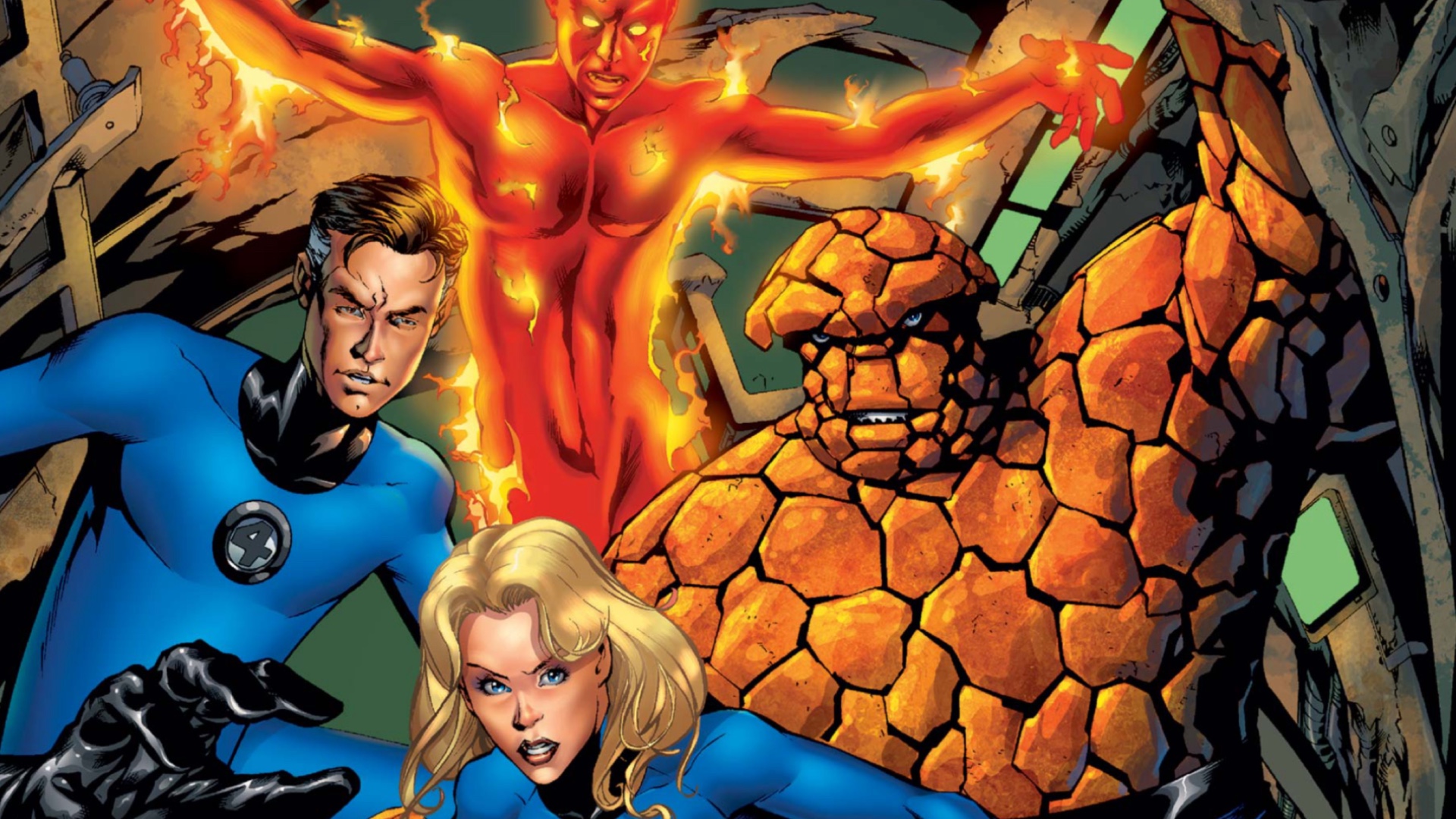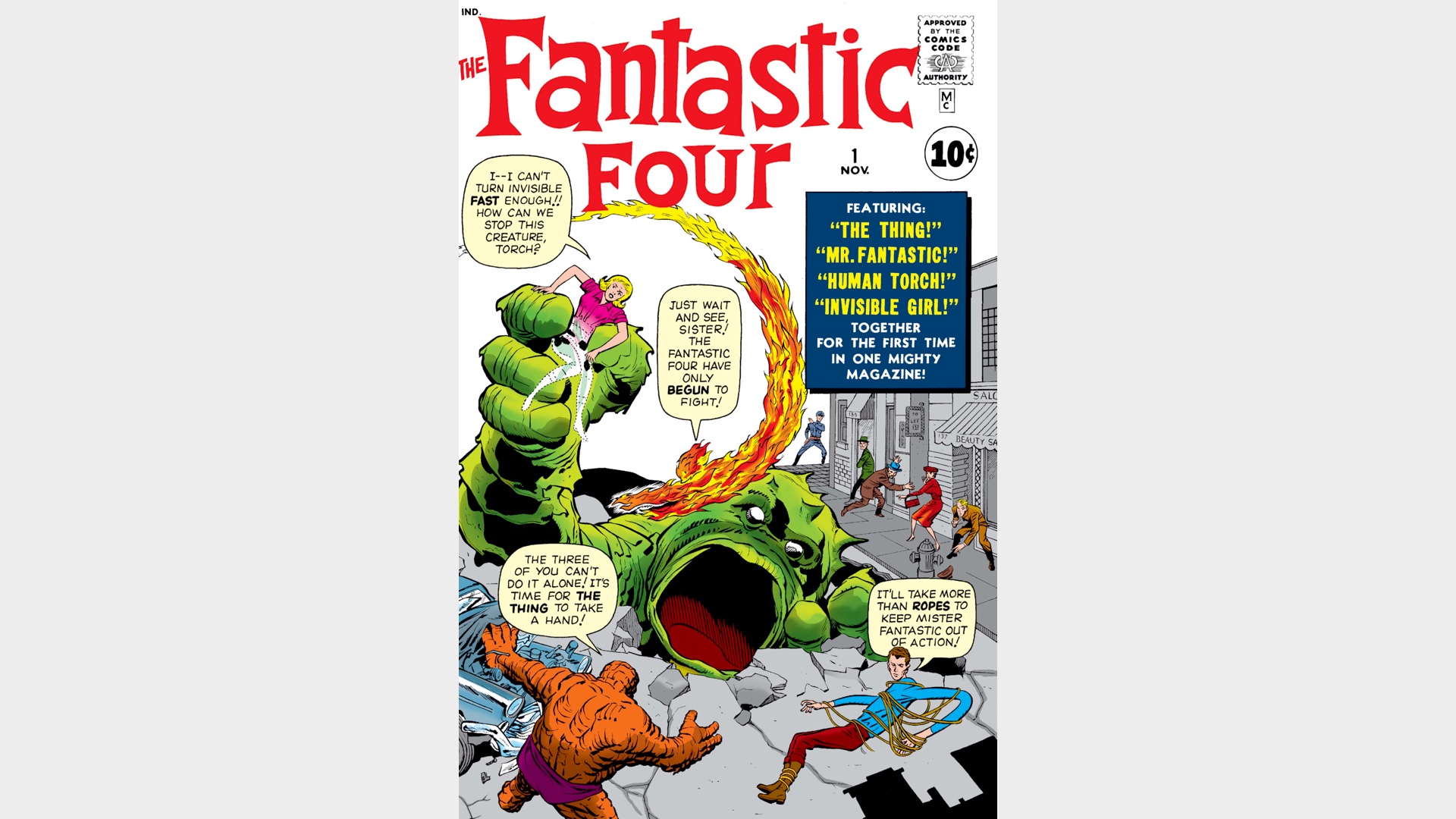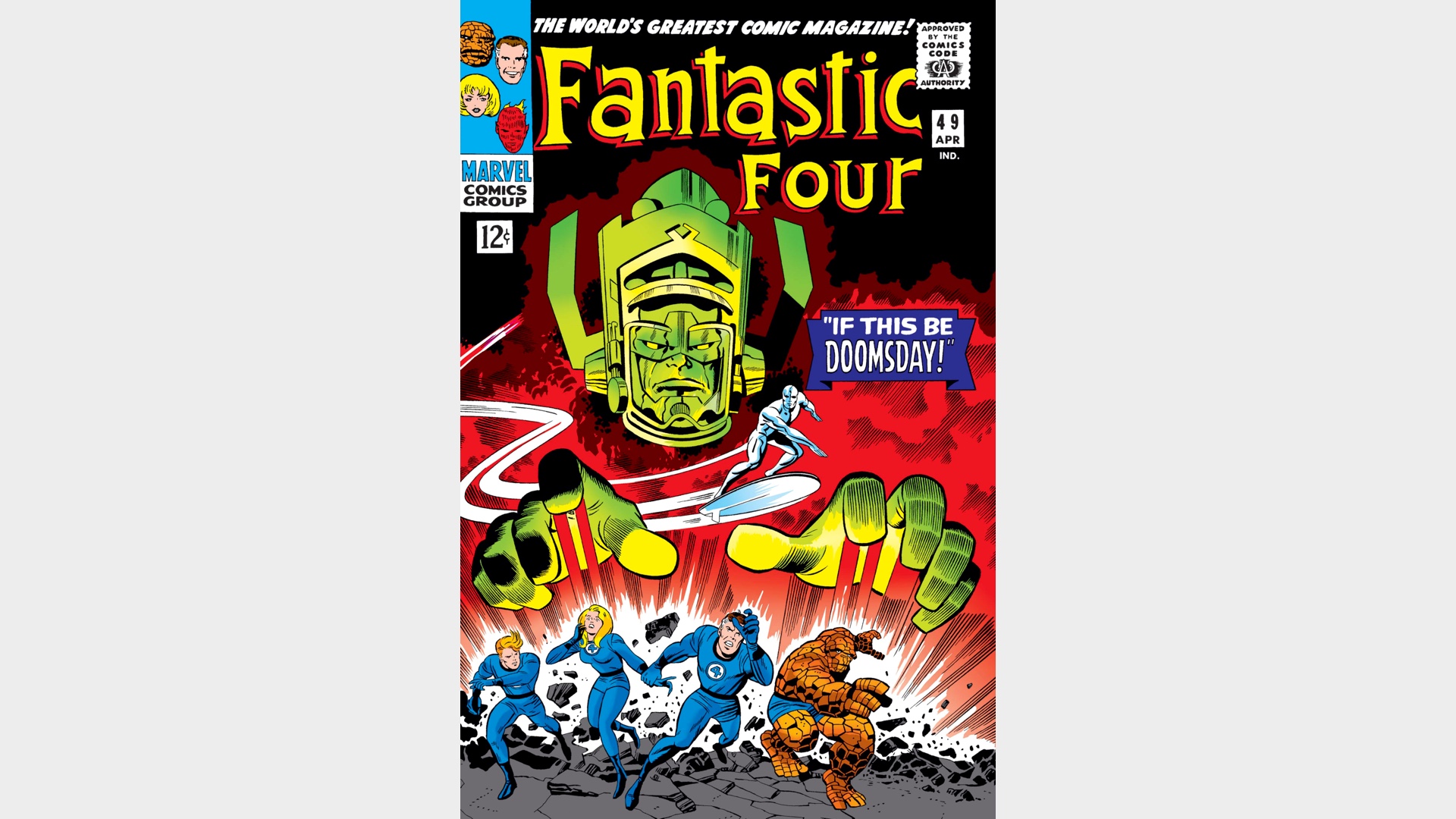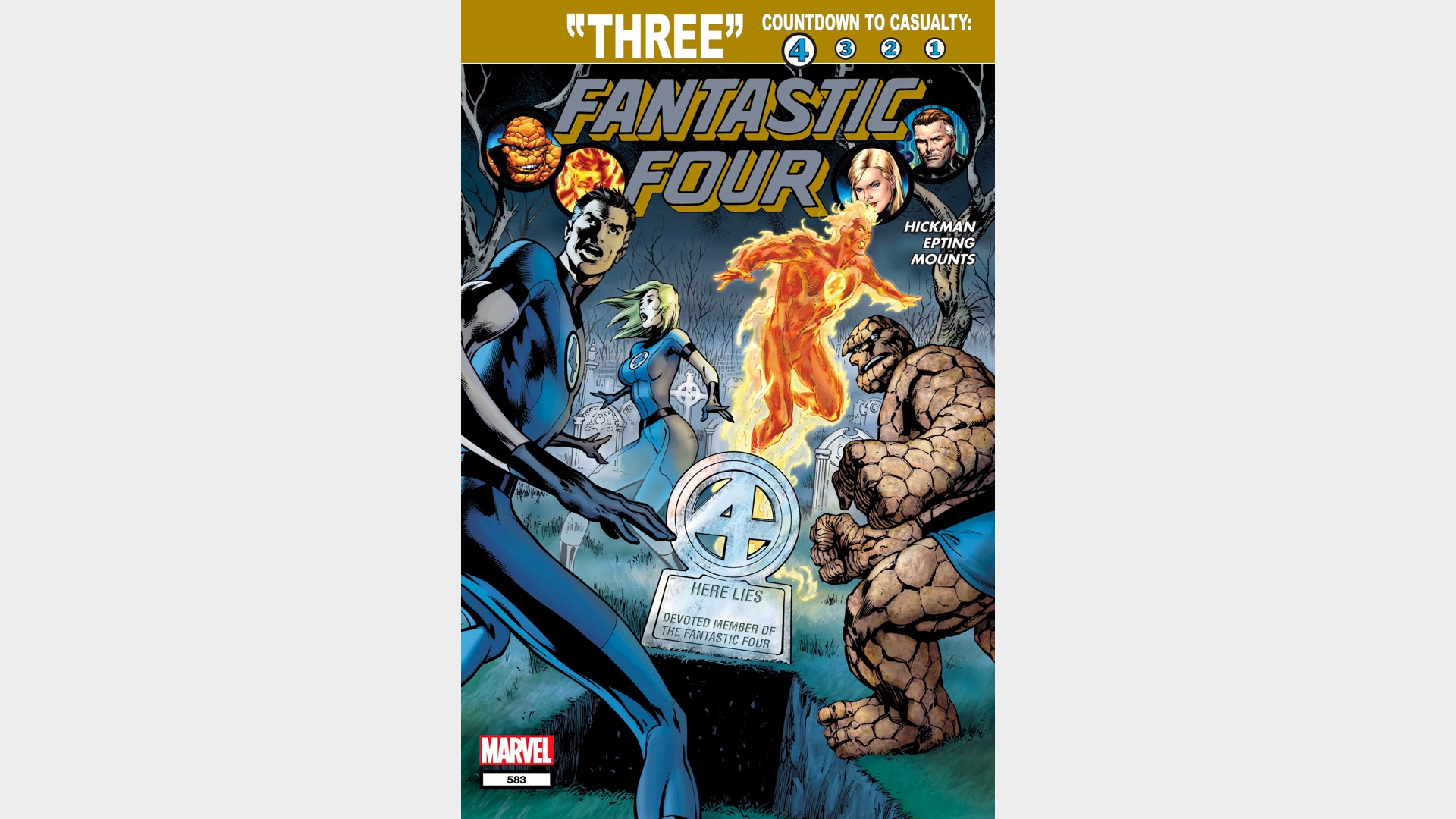How to start reading Fantastic Four comics
The best stories to read to get into Fantastic Four comic books before their MCU debut

The MCU Fantastic Four reboot is underway, with a stellar cast and an apparent '60s throwback setting that draws on the team's classic comic roots. But as the very first Marvel heroes, who launched the entire Marvel Universe, there are more than 60 years of stories to catch up on.
That may make starting to read Fantastic Four comics seem like a daunting task, especially figuring out which stories truly explain the most important and exciting elements of who the characters are and the adventures they embark upon.
Fortunately, we've narrowed it down to just five of the most classic comic stories to read to get into the Fantastic Four before their MCU debut, so dig in and join Mister Fantastic, the Invisible Woman, the Human Torch, and the Thing on their cosmic explorations of the Marvel universe.
The one that started it all

Fantastic Four #1 (1963)
1963's Fantastic Four #1 is the comic that set the stage for the entire Marvel Universe, starting with the tale of how Reed Richards, Sue Storm, Johnny Storm, and Ben Grimm got their powers.
Though the issue, by comic legends Stan Lee and Jack Kirby, may look somewhat old-fashioned to modern eyes, it's an important story in the history of comics, and it's still the definitive telling of the FF's origins.
Without this simple tale of four adventurers encountering the unknown, the Marvel Universe, and yes, the MCU, wouldn't exist at all.
Get the best comic news, insights, opinions, analysis and more!
The retro sci-fi epic

The Galactus Trilogy (Fantastic Four #48-50; 1966)
The first 100 issues of Fantastic Four, by Lee and Kirby, pioneered the art of modern comics and cemented the Fantastic Four's legacy as sci-fi superhero adventurers.
If there's one comic that best exemplifies what the classic FF is all about, it's the three-part Galactus Trilogy, originally told in 1966's Fantastic Four #48-50, a landmark story that still instills a sense of charming cosmic wonder to this day.
In this legendary tale, the world-eating Galactus comes to Earth with the intent of destroying the planet, giving the Fantastic Four one of their first major encounters with forces far beyond the knowledge of even Reed Richards.
The philosophical fable

The Trial of Reed Richards (Fantastic Four #262; 1983)
Many of the concepts and characters that were originally created by Lee and Kirby were refined into a more modern context by writer/artist John Byrne, whose long FF run revived the team's popularity in the '80s.
In Byrne's 1983 story The Trial of Reed Richards, Reed is tried for not killing, but saving the planet-eating Galactus, an act which leads to the destruction of more planets at Galactus' hands but which is a necessary part of the fabric of the Marvel Universe.
It's a perfect example of the kind of tale that only the Fantastic Four can tell - a philosophically challenging story that pushes the boundaries of what superhero comics can really be about, with as much focus on the impact of their adventures as the action itself.
The definitive Doom story

Unthinkable (Fantastic Four #67-70, #500; 2003)
Writer Mark Waid and artist Mike Wieringo brought the Fantastic Four back to prominence in the '00s with a beloved run that focuses first on the FF as a family with all-too human foibles to go with their powers.
Along with the Richards family, Waid and Wieringo also redefined Doctor Doom in the tragic story Unthinkable, which demonstrates exactly why Doom is one of Marvel's top villains.
In this story, Doom goes all-in on his penchant for dark magic, displaying just how vicious and manipulative he can be while also digging into his origins, long before he put on his famous iron mask.
The tragedy that unites them

Three (Fantastic Four #583-588, 2011)
Writer Jonathan Hickman's long tenure on Fantastic Four culminated in the event story Secret Wars, but before that he and artist Steve Epting told the FF's most heartbreaking tale in Three, the story of the death of Johnny Storm.
The story also serves as a sequel to the definitive Ben Grimm/Thing story, 1966's This Man, This Monster, with a gut-wrenching twist that centers on Ben's quest to reconnect with the human being who lies underneath his rocky exterior.
This one has it all: heart, action, super-science, and above all, tragedy - a story that shows every aspect of what the Fantastic Four are all about.
When you're ready to dig deeper, check out the best Fantastic Four stories of all time.
I've been Newsarama's resident Marvel Comics expert and general comic book historian since 2011. I've also been the on-site reporter at most major comic conventions such as Comic-Con International: San Diego, New York Comic Con, and C2E2. Outside of comic journalism, I am the artist of many weird pictures, and the guitarist of many heavy riffs. (They/Them)



